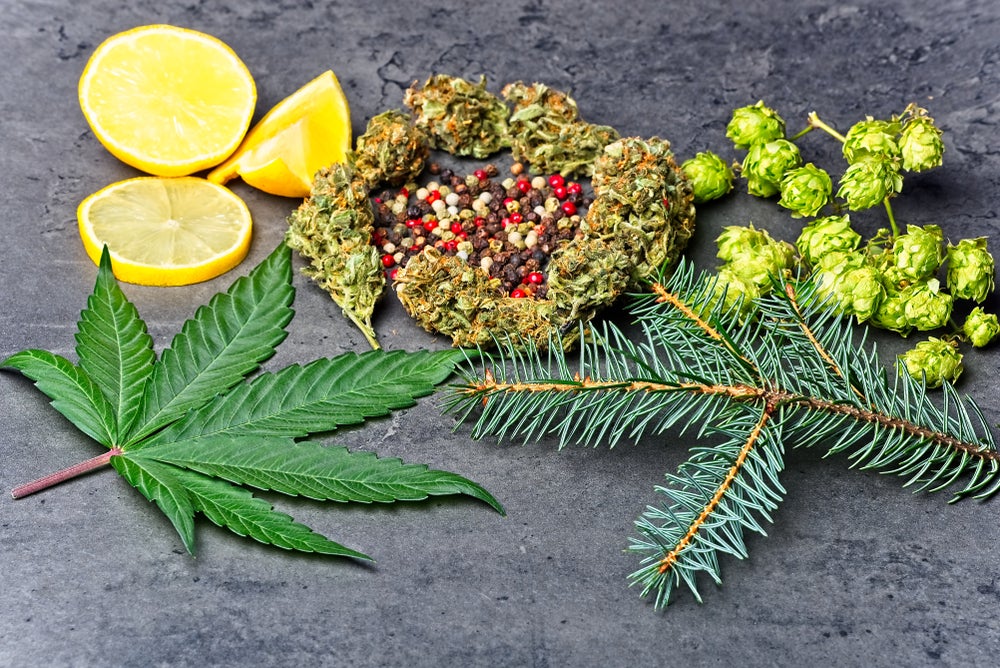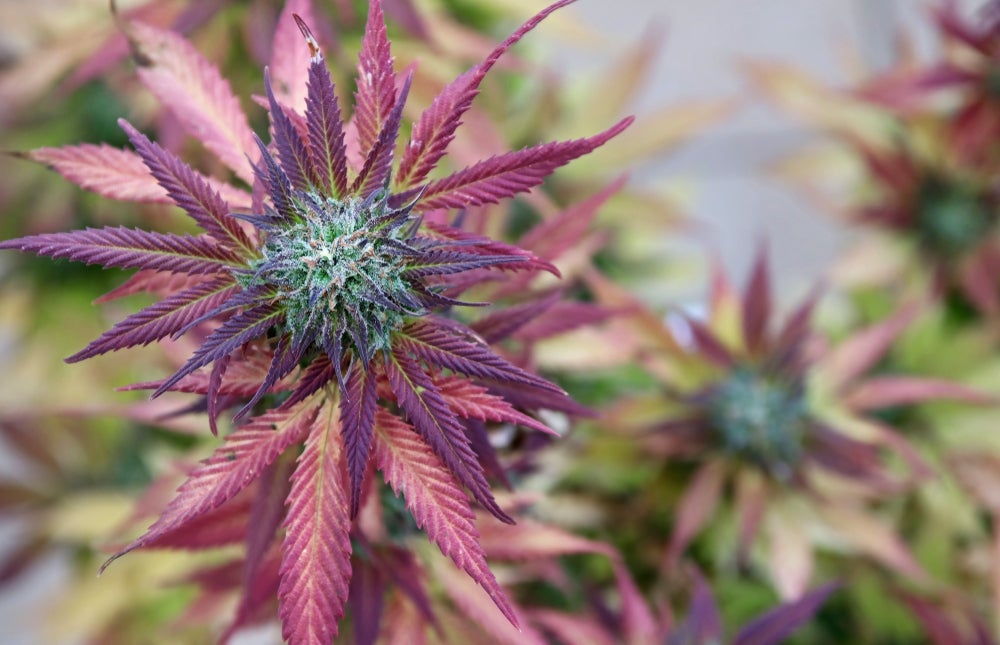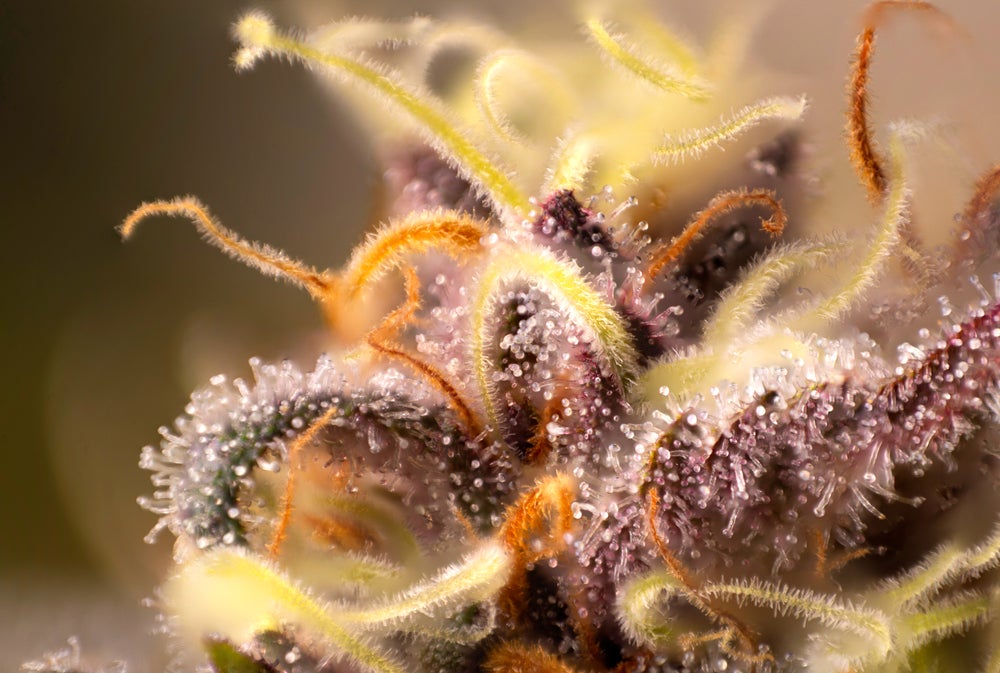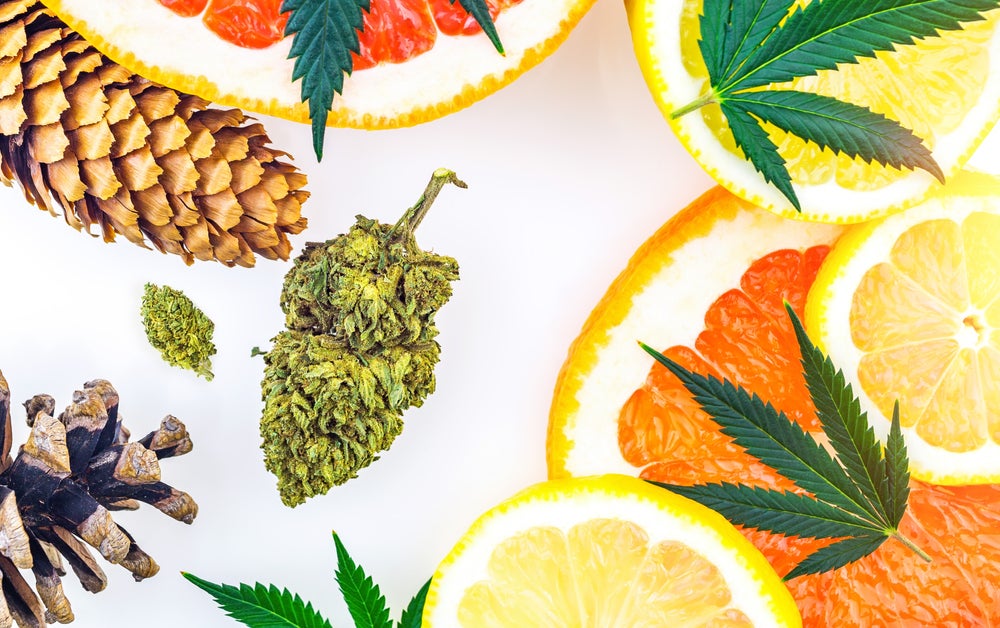- No Products In The Cart
- start shopping
Terpenes & Cannabis – What You Need To Know

If you’re a cannabis user, you’ve probably wondered why cannabis plants have such distinct smells. The answer lies in terpenes, which are highly essential but often overlooked compounds in these plants. In this article, we’ll break down everything you need to know about terpenes and cannabis, including their functions, types, and the health benefits they offer.

Terpenes are organic compounds that are produced by a variety of plants, including cannabis. They’re responsible for the distinct smells of these plants, and they can also be found in essential oils. Terpenes are what give lemons their citrusy smell, lavender its floral aroma, and pine trees their signature scent.
There are over 20,000 different types of terpenes, but only a fraction of these have been studied extensively. Of the terpenes that have been studied, there are around 200 that have been found in cannabis plants. Each type of cannabis plant has its own unique smell that is determined by the specific combination of terpenes that it contains.

The Functions of Terpenes
Terpenes serve a variety of purposes for the plants that produce them. For example, they can help attract pollinators or repel predators. They can also help protect plants from extreme weather conditions or disease. In some cases, terpenes can even be used as a natural pesticide.
In addition to their practical functions, terpenes also play an important role in the way that we experience cannabis. When we inhale cannabis smoke or vapor, the terpenes interact with our brain cells and produce various effects. Some terpenes can cause us to feel relaxed or sleepy while others may make us feel more alert and energized.
Terpenes play an important role in a plant’s life cycle. They help to attract pollinators and deter predators. For example, the strong smell of lemons comes from a high concentration of a particular type of terpene called limonene. This terpene is also found in other citrus fruits like oranges and limes.
In cannabis plants, THC and CBD are not the only compounds that offer medicinal benefits. Terpenes also provide therapeutic effects and can be used to treat various conditions such as anxiety, depression, pain, inflammation, and even cancer.

Consuming Terpenes and Cannabis
When it comes to consuming cannabis, there are three main ways to do it: smoking, eating, and vaporizing. Each method delivers cannabinoids (and other compounds) to your body in different ways and at different speeds. For example, when you smoke or vaporize cannabis, the cannabinoids are absorbed almost immediately by your lungs and then make their way to your bloodstream where they quickly bind to receptors in your brain. This is why you feel the effects of smoking or vaporizing almost immediately.
When you eat cannabis-infused edibles or drink cannabis-infused beverages (such as tea or coffee), the cannabinoids first have to go through your digestive system before they can be absorbed into your bloodstream and bind to receptors in your brain. This process takes much longer than smoking or vaporizing—usually around 30 minutes to an hour—but the effects last much longer as well (anywhere from four to 12 hours).

Conclusion
So there you have it! Now you know a little bit more about terpenes: what they are, what they do, and where they come from. Next time you’re at your local dispensary or browsing through a menu at a cannabis café , take a look at the list of available strains and see if you can identify any of the different types of terpenes that might be present!
